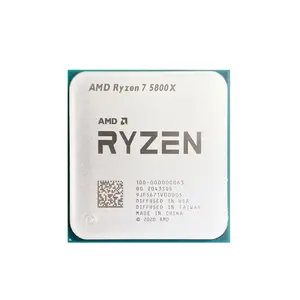Popular in your industry

















Related Searches:



























Top categories
About buc transmitter ku
BUC Transmitter KU: An Overview
The BUC transmitter KU stands as a pivotal component in satellite communication systems, enabling a broad spectrum of television broadcasting capabilities. This device, integral to the uplink process, converts a baseband signal into a KU-band frequency for transmission to a satellite. The KU band, specifically, is favored for its balance between range and resolution, making it a popular choice in broadcasting applications.
Types and Features
There are diverse variations of KU-band BUCs available, each designed to cater to different broadcasting needs. Some are tailored for compact operations, ideal for private networks or small-scale broadcasters, while others are engineered for robust, enterprise-level applications. Features may include phase-locked loop technology for signal stability, low noise figures for clearer transmission, and varying output power levels to accommodate different transmission distances and conditions.
Applications and Uses
The application of KU-band BUC transmitters spans various sectors. They are extensively used in satellite newsgathering, enabling media outlets to broadcast live from remote locations. Additionally, they serve in telecommunication infrastructures, supporting data transmission for internet services, and in maritime communications, providing connectivity for vessels at sea.
Material and Construction
The construction of a BUC transmitter involves materials that ensure durability and performance under varying environmental conditions. Typically, they are housed in weather-resistant enclosures, often made from aluminum for its balance of strength and lightness. Internally, high-quality electronic components are used to facilitate efficient signal processing and transmission.
Advantages of KU-band BUC Transmitters
Utilizing a KU-band BUC comes with several advantages. The KU band itself is less susceptible to atmospheric interference compared to higher frequency bands, which translates to more reliable communication. Moreover, the compact size of KU-band BUCs allows for easier installation and integration into existing systems, making them a versatile solution for various broadcasting and communication needs.
Selecting the Right BUC Transmitter KU
When choosing a BUC transmitter for KU-band applications, it is crucial to consider factors such as output power, gain flatness, phase noise, and size. The selection should align with the specific requirements of the intended application, whether it is for fixed terrestrial setups or mobile satellite units. Prospective buyers can explore a range of options on Alibaba.com, each detailed with specifications to aid in making an informed decision.























